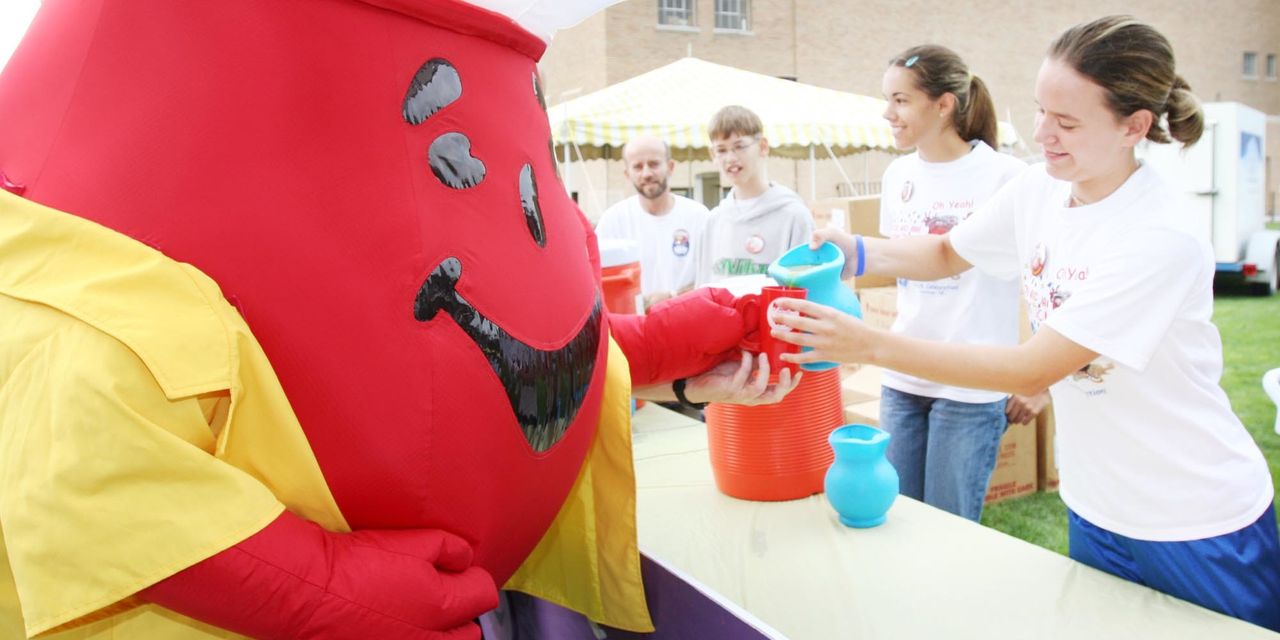For the rest of the world it’s Friday the 13th, but in Hastings, Neb., it’s National Kool-Aid Day. It was there in 1927 that local legend Edwin Perkins invented the powdered, sugary beverage now owned by food giant Kraft Heinz . It became the state’s official soft drink in 1998 and is celebrated every August.
A town embracing its claim to fame isn’t surprising at all, but the fact that Kool-Aid has lasted so long is. Marketed to children since the 1950s with an anthropomorphic jug who bursts through walls, it would have a less-wholesome association in the 60s with the publication of Tom Wolfe’s “The Electric Kool-Aid Acid Test,” the true story of how the beverage was laced with LSD by “the Merry Pranksters.” Far, far worse was what happened a decade later when either Kool-Aid or a similar drink—reports vary—was laced with poison in the mass suicide at Jonestown in 1978.
The phrase “drink the Kool-Aid” has since developed less-sinister connotations, but none of them positive. More to the point, actually drinking even unadulterated Kool-Aid, now marketed disproportionately toward minorities in our health-conscious era, still isn’t very good for you. “Long-term consumption may increase the risk of obesity, diabetes, and even cancer,” says Isitbadforyou.com.
Write to Spencer Jakab at spencer.jakab@wsj.com













































